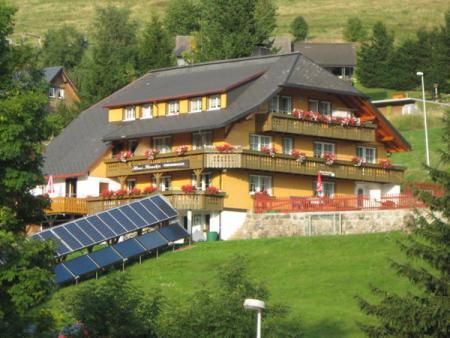Climatically, a mountain range stands out from the peripheral landscapes due to lower temperatures and greater rainfall. Regular rainfall throughout the year shape the low mountain range character of the Black Forest. However, the decrease in temperature and increase in precipitation do not occur uniformly with increasing altitude. A disproportionately strong increase in precipitation can be observed even at lower altitudes and on the west side with a lot of precipitation.
Amounts of rain and snow
 The area with the most precipitation is the northern Black Forest. Freely exposed to rainy Atlantic westerly winds, up to 2200 mm of rain falls here per square meter per year. At the height of the middle and Southern Black Forest The Vosges mountains upstream act as a kind of rain catcher. This means that the rainfall is less abundant. On the east-facing side of the Central Black Forest it will be significantly drier again. The annual rainfall here is sometimes only around 750 mm. In winter, the duration and thickness of the snow cover generally increase with increasing altitude.
The area with the most precipitation is the northern Black Forest. Freely exposed to rainy Atlantic westerly winds, up to 2200 mm of rain falls here per square meter per year. At the height of the middle and Southern Black Forest The Vosges mountains upstream act as a kind of rain catcher. This means that the rainfall is less abundant. On the east-facing side of the Central Black Forest it will be significantly drier again. The annual rainfall here is sometimes only around 750 mm. In winter, the duration and thickness of the snow cover generally increase with increasing altitude.Temperatures and sunshine duration
Thermally, the higher altitudes of the Black Forest are characterized by relatively low annual fluctuations and dampened extreme values. The reasons are frequent light winds and heavy cloud cover in summer. In the winter months, the more frequent high-pressure weather conditions on the peaks lead to sunshine, while the valleys disappear in cold air lakes under a thick blanket of fog (inversion weather situation).













